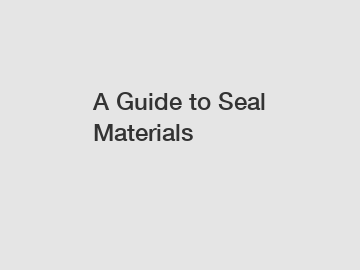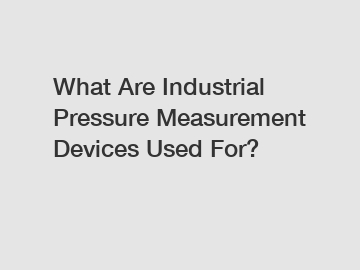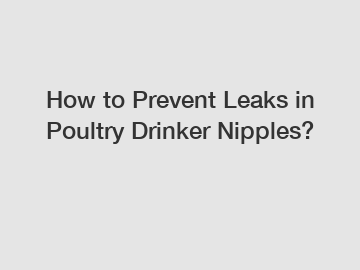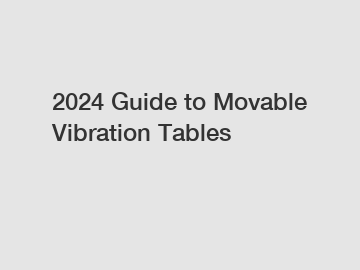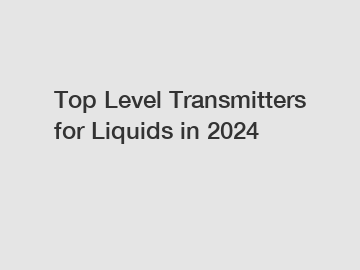What Is Urea Nitrogen Fertilizer?
What Is Urea Nitrogen Fertilizer?
Urea is a form of nitrogen that is made in the kidneys to excrete excess nitrogen, mostly from eating protein, which cannot be stored in the body. It is also manufactured on a large scale for use as a fertilizer, although there are some other uses in explosive making, medicine and even cleaning car exhaust gases.
Goto Sanyuanjiuqi to know more.
Almost all the urea manufactured is converted into urea-formaldehyde, which is the most common type of nitrogen fertilizer used in agriculture and gardening.
Urea is very soluble in water, so if applied as a fertilizer by itself only a very small amount can be used and it will quickly be carried away in drainage. The urea cannot be used directly by plants but it is naturally converted into ammonia on contact with water in the soil. This then dissolves in the water and can be absorbed by plants for growth. Nitrogen is needed by plants to make protein and also to make chlorophyll, the green pigment in plants used to trap light and make sugars to grow.
However, if there is too much urea or ammonium in the soil it will draw water out of the roots and cause 'fertilizer burn', with the leaves shriveling and dying, often also killing the plant. This means that pure urea must be applied in very small amounts very often to be effective as a fertilizer. This is also what happens when dogs or cats urinate on your lawn.
Methods For Slowly Releasing Urea
So scientists worked on ways to save the cost and labor of these frequent small applications. They developed two methods of slowing the release of urea.
Water-Resistant Coating
The first method adds a water-resistant coating to a granule of urea and is called controlled-release. Examples are Nutricote' and Osmocote'. These forms have a resin or polymer coating to slow down the release. Release of nitrogen is mostly influenced by temperature and higher temperatures accelerate the release. This is usually a good thing, since during warm weather when plants are growing more will be released, but in cooler weather less will be released, matching the growth of the plants and preventing pollution of drainage water. These granules are often found in fertilizers that last a whole season and are great for pots and planters. Other plant nutrients are added to make a complete fertilizer.
A less-expensive type of coating is SCU (sulfur-coated urea). Here the urea granules are coated with molten sulphur, wax and then clay. The activity of soil microbes and water penetration through cracks in the coating allow the urea to escape into the soil. This material is cheaper to manufacture, so it is widely used in lawn fertilizers. Be careful handling lawn fertilizer, because if the granules are crushed they will release all the urea at once and cause burn which could kill the lawn.
Urea-Formaldehyde
For cheaper fertilizers, especially for agriculture, the urea is turned into a less-soluble form called urea-formaldehyde. This does not contain the formaldehyde used to preserve dead animals. Since this does not immediately dissolve in water, it will stay in the soil as a solid until it is broken down. The molecules of urea-formaldehyde are of different sizes, depending on how exactly they are manufactured, and they have different degrees of solubility in water, affected by temperature.
As well, soil microbes are needed to break down this material so plants can absorb it. Microbes are also more active at higher temperatures, so overall the rate of release of the fertilizer depends on the temperature, since both solubility and the amount of microbe activity is influenced by the soil temperature. Release is very slow below 50 degrees, so this material can be applied to lawns and gardens in the late fall. No nitrogen will be released until the soil warms up in the following spring, and a spring fertilizer application is not needed' a job saved at a busy time of year.
Should I Use Urea On My Plants or Lawn?
So you probably did not know that when you use a fertilizer on your trees, your lawn, your vegetables or your flowers, you are probably using urea in one form or another. Because it is also present in urine, there are those who suggest peeing on your compost heap is a good idea. The choice is yours!
These kinds of fertilizers are essential for large-scale agriculture to feed a constantly growing world population. Chemically speaking what the plant takes up through its roots is identical, no matter where it came from. Organic material is essential for preserving the quality of the soil, but it is an often inefficient way to give plants nitrogen. If chemical fertilizers are used wisely they can be a great benefit to humanity.
Urea Leads Fertilizer Prices Higher
With the mild weather seen across the Corn Belt, farmers could be seeing an early spring. This situation might allow them to change their fertilizer application plans.
In a post titled "Thinking of Getting an Early Start on Fertilizer Applications? Here are a Few Things to Consider," University of Minnesota Extension nutrient management specialists discuss what options farmers might consider with more time to apply nutrients this spring.
For more information, please visit urea fertilizer for sale.
Related links:Induction Bar Heating vs. Traditional Heating: Which Is Better for Forging?
What Is an EPS Pre Expander Machine and Its Benefits?
Top 5 Benefits of Using Welded Wire Mesh Panels in Projects
What are the benefits of Cable Laying Kits?
Is Your Induction Heating System Costing You More Than It Should?
Why choose a 2 Seater Utility Golf Cart?
Environmental performance of glass foam as insulation ...
Most fertilizers are water-soluble and will dissolve readily at this point, according to the post.
If the soil is not frozen, any fertilizer that dissolves will react with it and stay where applied. Nitrogen in fertilizers, such as MAP or DAP, is in the ammonium form andnot subject to volatility.
While nitrogen in the form of anhydrous ammonia and urea could be applied early, UAN should not be. Urea ammonium nitrate solutions contain half of the nitrogen as urea, so volatility can be an issue.
"A larger problem is that a quarter of the N in UAN is already in the nitrate form at application, and nitrate is subject to loss if there is excess water," according to the post.
All fertilizers except two are now lower by double digits compared to one year ago. MAP is 1% lower, DAP is 8% less expensive, urea is 12% lower, 10-34-0 is 16% less expensive, UAN28 is 21% lower, potash is 23% less expensive, UAN32 is 24% lower and anhydrous is 26% less expensive compared to a year prior.
A Kansas State University Extension specialist said fertilizer prices are on a different trend in compared to . You can read about it here: https://www.dtnpf.com/'.
DTN gathers fertilizer price bids from agriculture retailers each week to compile the DTN Fertilizer Index. DTN first began reporting data in November .
In addition to national averages, MyDTN subscribers can access the full DTN Fertilizer Index, which includes state averages, here: https://www.mydtn.com/'.
Dry Date Range DAP MAP POTASH UREA Mar 6-Mar 10 825 823 657 643 Apr 3-7 818 809 642 625 May 1-5 826 805 623 599 May 29-Jun 2 824 832 620 622 June 26-30 825 829 620 616 July 24-28 795 791 594 581 Aug 21-25 735 764 557 575 Sep 18-22 702 757 501 566 Oct 16-20 709 791 504 574 Nov 13-27 717 811 511 574 Dec 11-15 713 819 517 540 Jan 8-12 726 807 510 526 Feb 5-9 736 809 508 528 Mar 4-8 760 816 505 564 Liquid Date Range 10-34-0 ANHYD UAN28 UAN32 Mar 6-Mar 10 740 436 522 Apr 3-7 740 423 507 May 1-5 739 926 424 507 May 29-Jun 2 739 791 413 478 June 26-30 731 753 396 468 July 24-28 715 691 383 442 Aug 21-25 698 622 355 399 Sep 18-22 610 763 352 405 Oct 16-20 612 809 356 418 Nov 13-27 613 843 361 415 Dec 11-15 595 851 339 409 Jan 8-12 600 776 336 391 Feb 5-9 610 773 335 390 Mar 4-8 622 788 344 396
Russ Quinn can be reached at .
Follow him on X, formerly known as Twitter, @RussQuinnDTN.
(c) Copyright DTN, LLC. All rights reserved.
If you are looking for more details, kindly visit potassium fertilizer.
DIAPHRAGM PUMP TROUBLESHOOTING: HOW TO FIX ...
All About Hydrophobic Treated Silica Products
What is a NOK Oil Seal?
Mastering Eps Pre-Expander Operation: Tips & Techniques
4 Person Street Legal Golf Cart vs Traditional Golf Carts: Which Wins?
Enhancing Poultry Health: Benefits of Cone Valve Nipple Drinkers
How Perforated Metal Sheet Sizes Influence Design?




